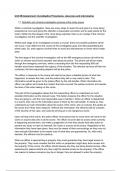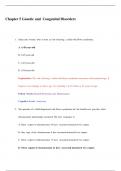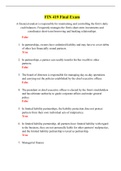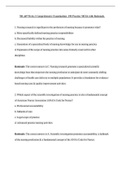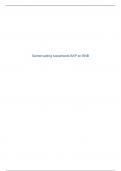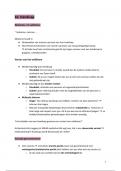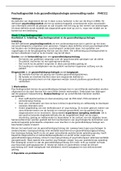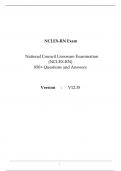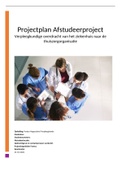Essay
Explore procedures and the resources available in criminal investigations
- Institution
- PEARSON (PEARSON)
Learners should produce a written report that demonstrates understanding of the stages of a criminal investigation and the resources available to them to gather evidence. Learners should demonstrate interview skills to obtain information from suspects. The results should be recorded electronically ...
[Show more]
